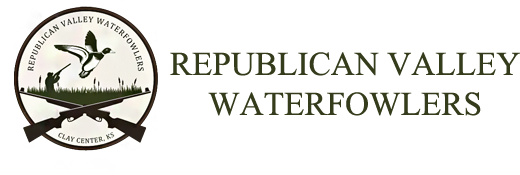There is no better feeling than providing a big fat holiday goose to put on the table this year. Hunting season is upon us and goose hunters everywhere are applying face paint, throwing on a pair of waders and getting their guns ready to take down the prized goose of the season. There are many different aspects of successful goose hunting that are essential to positive results out in the field. Having the right equipment, the right gun, hunting with the right people and knowing the best locations are some of the few aspects of a successful hunt. One aspect that is often over looked is the skills and experience it takes to properly call in geese.
Calling Canadian & Snow Geese Call Tips
Beginners often make the mistake of purchasing the most expensive call on the market, thinking that geese will fly in from nowhere once they put their lips to the call. This is a giant misconception and truthfully can offend the seasoned hunter. Calling or talking to geese is a skill that requires a great deal of talent and hours and hours of practice. It is not as easy as it looks and many experienced hunters believe that it is a skill that can never be totally perfected.
Hand Position when Mouth Calling Geese
If you are a beginner hunter, consider a few helpful hints when it comes to properly calling in geese. One of the first obstacles faced by beginning callers is also one of the most crucial and important skills required to blow a short reed call properly, and that is the skill of proper hand position. A hunter’s hand position on a call is what provides the back pressure needed to make the reed break and are also used to change the tone and pitch of the call. Never underestimate the importance of hand position when calling in geese.
Ultimate Duck, Goose & Waterfowl Guided Hunting Experience in Clay Center, Kansas
Calling in geese the right way does not include puffing your cheeks full of air, especially when using a short reed caller. You should keep your tongue anchored behind your bottom front teeth and the middle of your tongue is going to do the majority of the work. Callers can produce a basic cluck by speeding up the process and with practice; the geese will come flowing in, giving hunters the opportunity to hit the limit. While properly and effectively calling in geese does take a great deal of practice, it can be fun and help you sharpen your goose calling skills. Contact Republican Valley Waterfowlers today for the ultimate goose hunting experience.






